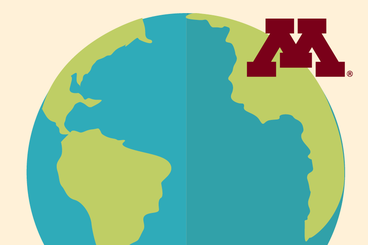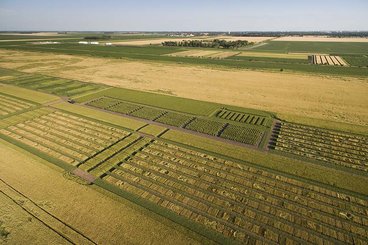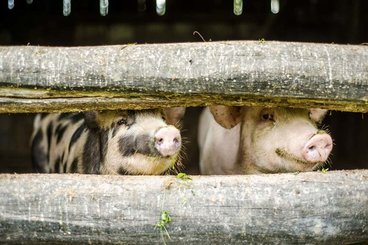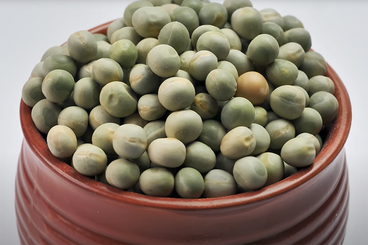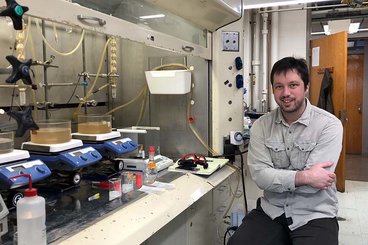
Impact: Winter 2022
Meeting the moment
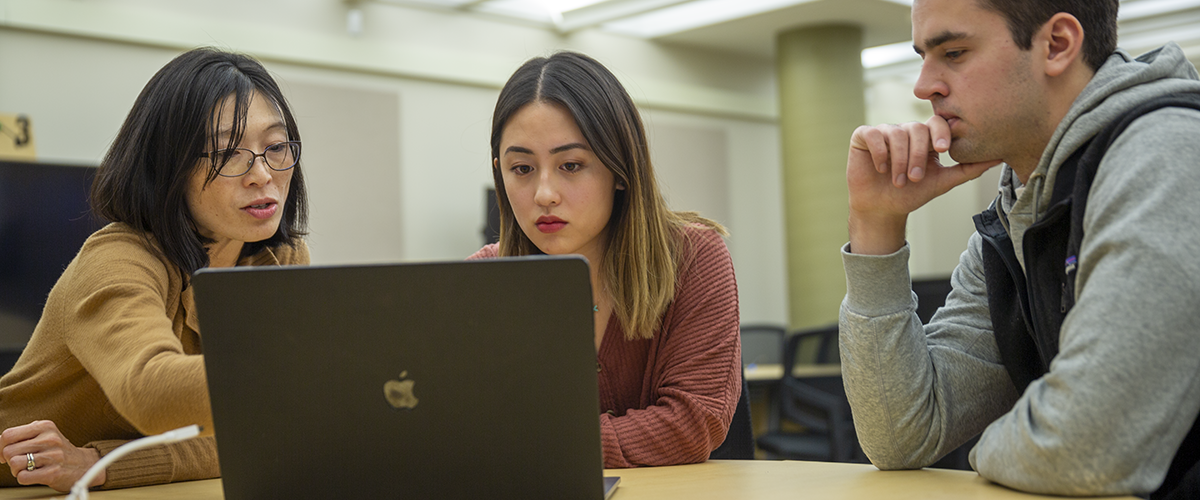
This issue of Impact — our first digital version to accompany the print piece — includes a variety of stories that illustrate how the College of Food, Agricultural and Natural Resource Sciences (CFANS) is turning today’s challenges into tomorrow’s opportunities. In everything we do, we are meeting the moment with research, education and outreach, using science to find solutions that improve the world. Read Dean Buhr's full message.
Alumni leading across the globe
All around the world, CFANS alumni bring their rich experience and deep expertise to a wide variety of roles that focus on building a better tomorrow. Recently, three of our graduates — from Minnesota to Morocco — have made news for their distinctive achievements.
Advancing Minnesota with new faculty members
In 2021, the Agricultural Research, Education and Extension Tech Transfer program (AGREETT) welcomed two new CFANS faculty members. AGREETT funds, approved by the Minnesota legislature, bring research faculty, graduate students and Extension to the University to tackle the critical challenges facing agriculture today.
Addressing the disconnect between farm and fork
You can’t turn on the TV or scroll social media without seeing ads from food companies espousing how consumers should feel good about eating their products. From ethically raised animals to environmentally conscious supply chains – consumers have more information at their disposal than ever before – but a disconnect remains.
Accounting for carbon
Managing forests to store carbon is a key approach to lessening the effects of human-induced climate change. Forests sequester more carbon annually than any other land use and have the potential to offset carbon released through energy production, transportation, manufacturing, agriculture, and forestry. However, we can’t manage what we can’t measure. So how do we measure the carbon stored in our forest lands?
Waste newly placed
Did you know that up to 40 percent of the American food supply goes to waste each year? Food waste is the largest category of municipal solid wastes in the U.S. Across the country, animal scientists and others are searching for solutions to address this issue by turning food waste into animal feed using thermal processing.
Wanted: The next generation of food ingredients
When it comes to building a better veggie burger or cooking up protein-rich pasta alternatives, the food industry is racing to keep up with consumer demand. At CFANS, the interdisciplinary Plant Protein Innovation Center (PPIC) is taking a collaborative approach to finding solutions.
Making things stick with sustainable science
Steve Severtson, PhD, understands “sticky” situations. As a professor and scientist in the Department of Bioproducts and Biosystems Engineering (BBE), he leads research in industrial adhesives, focused on those partially or entirely made of materials derived from biomass (renewable organic material, like soybeans and corn).

